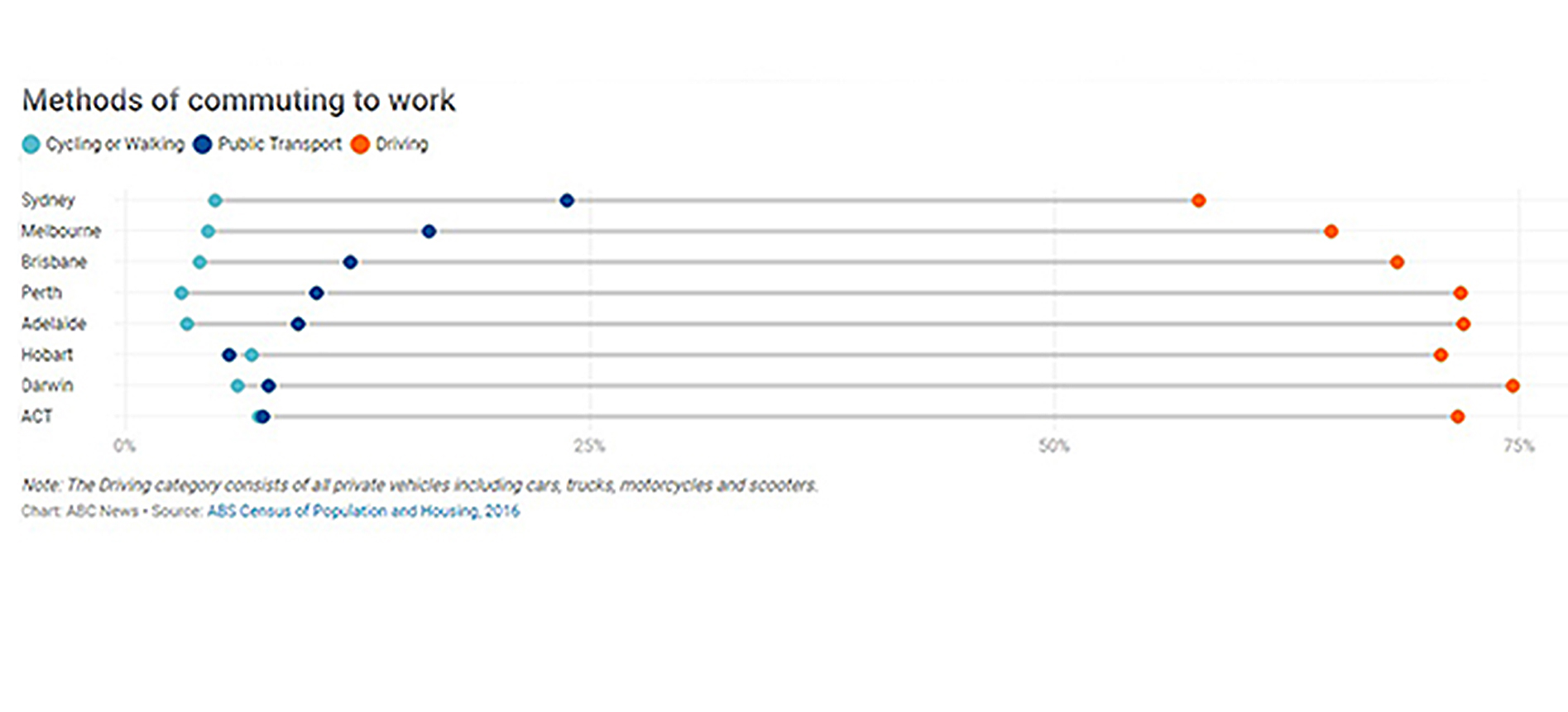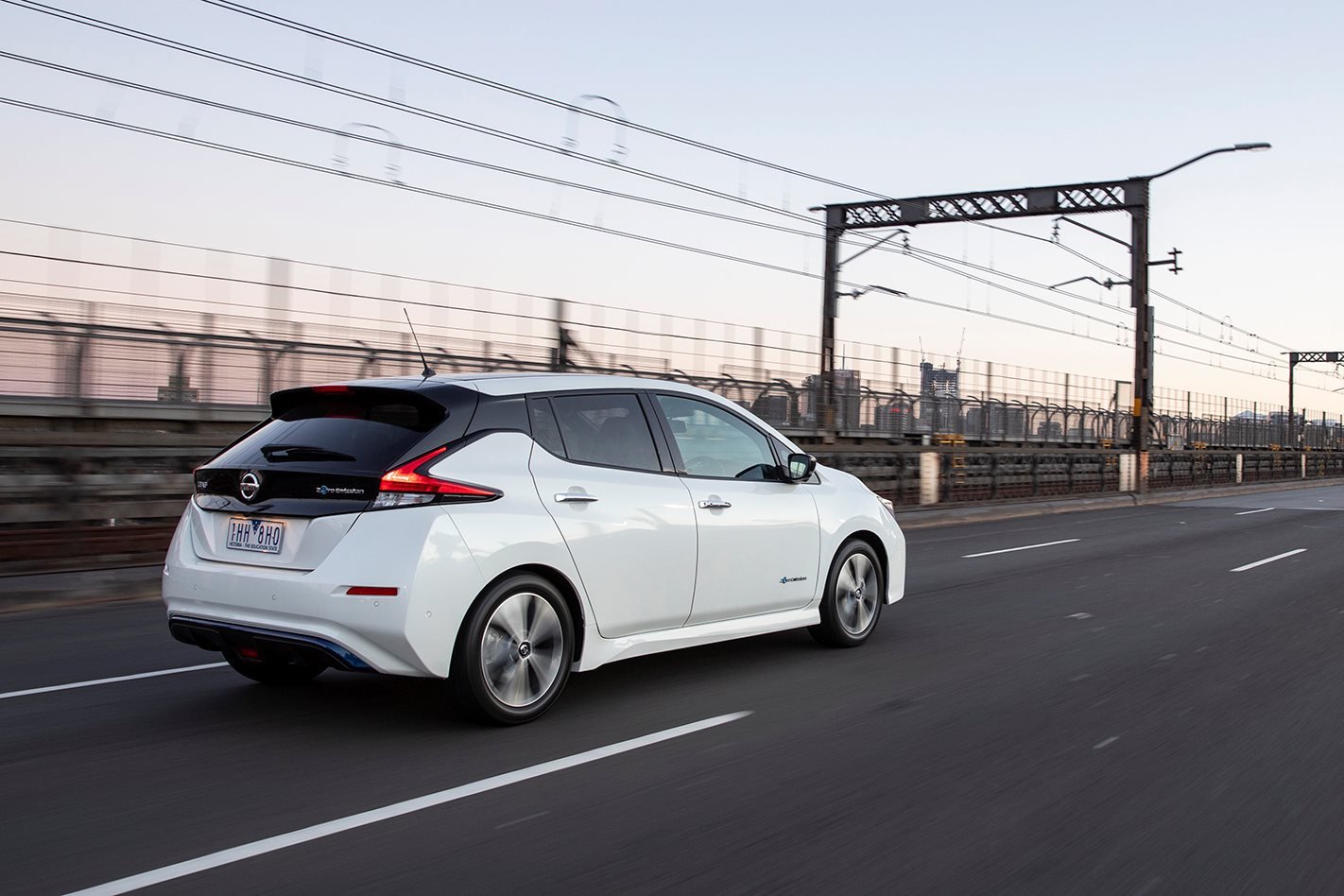
One of the hurdles facing electric vehicle sales in Australia is the perception that their fully charged range isn’t generous enough to drive around in this big country of ours.
That might be true for the occasional interstate trip, but Australian Bureau of Statistics figures reveal that fully electric and plug-in hybrid vehicles have more than enough juice in their batteries for most people’s day-to-day driving.
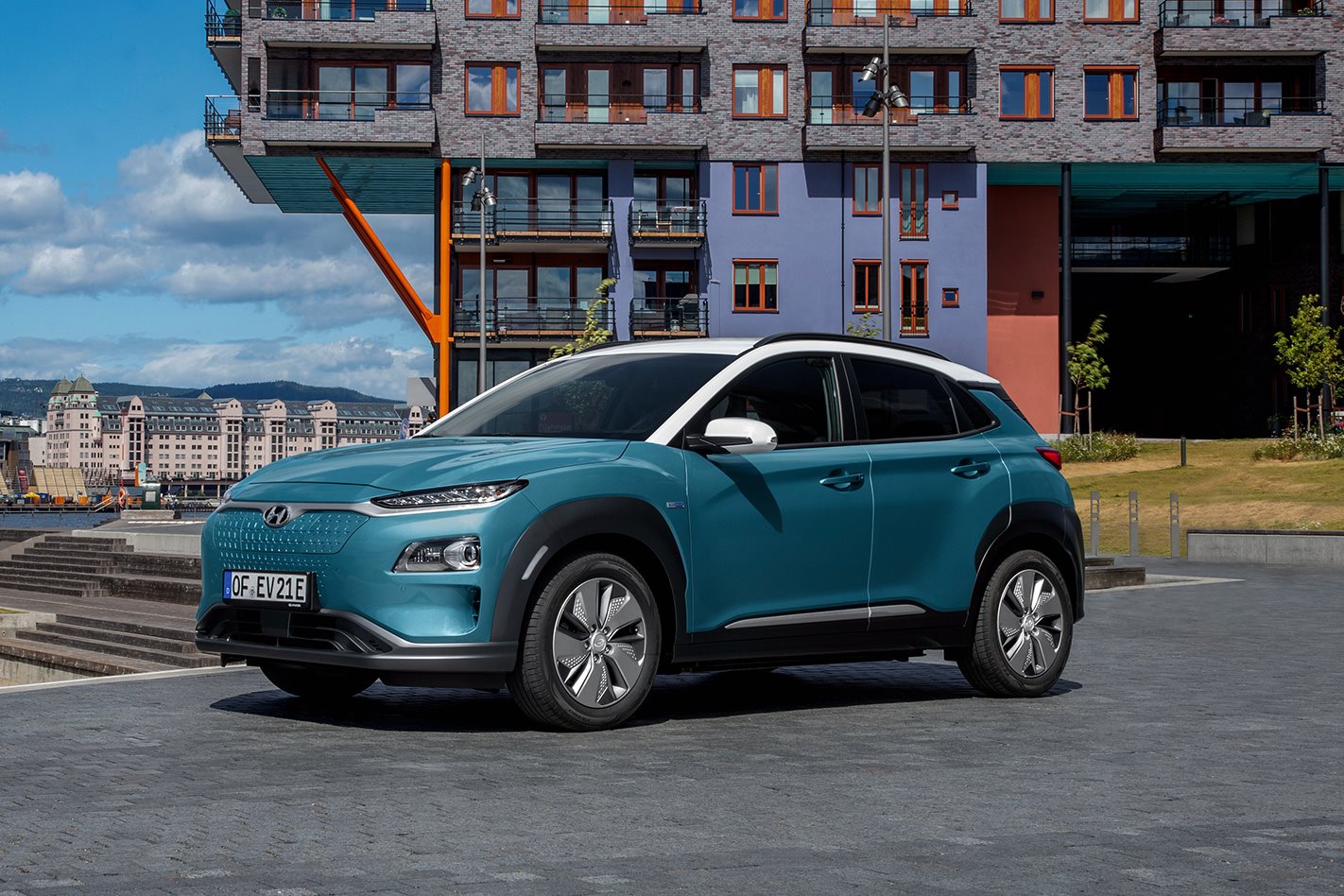
The figures, compiled from the 2016 Census, show most Australians travel less than 20km to get to work, with 79 percent of them making the journey by private car.
The longest commute was for people who lived outside Perth, as you’d expect in Australia’s biggest state, though even out west the average distance was just 20km.
Queenslanders commute on average 16.4km, but that number decreased for Brisbane residents whose 15.4km trip to work matched that of their Melbourne and Sydney colleagues.
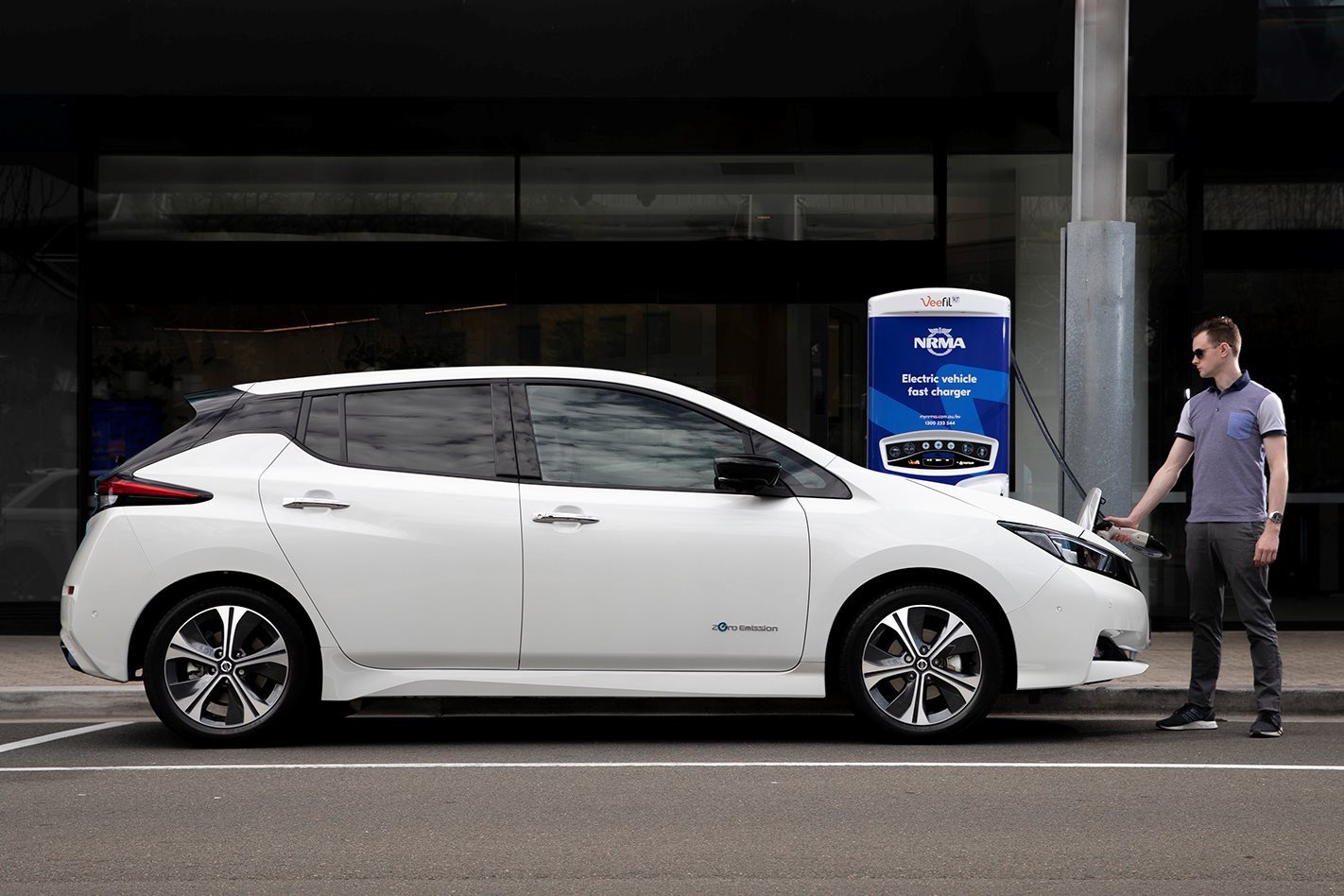
EV sales, which include plug-in hybrids tripled in 2019 compared to the previous year, yet of the 1.06 million cars sold here in 2019 they only accounted for 6718 sales, including the Kona Electric, with its all-electric 449 km range, and Tesla Model S and Model X, which can travel between 417 and 613km depending on variant.
Even if you allow for a reduction in the ultimate range from cranking up the air-con on a hot day, that’s more than enough battery power for the average person to drive to and from work and do other things for a full week, before worrying about their next charge; which can be done overnight.
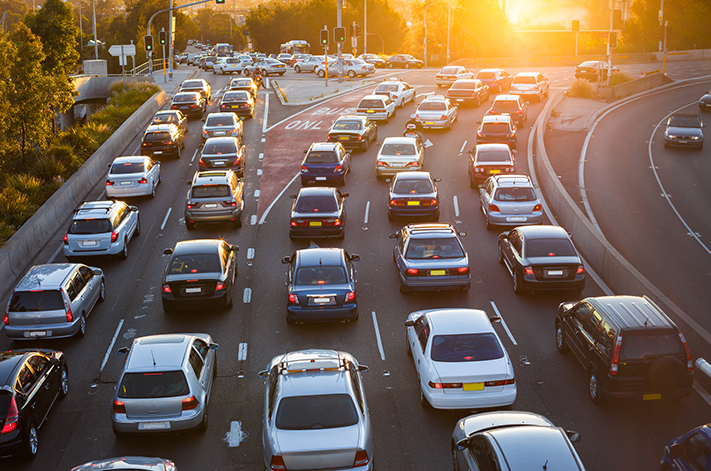
Sadly though, even as we overcome some hurdles to EV ownership such as cost, charging infrastructure and charging times, it won’t necessarily make that trip to work any easier, with roads becoming more clogged due to the widening gulf between people driving to work and using public transport.
Sydney had the best ratio between the two in 2016, with around 24 percent of people using public transport compared to about 60 percent who drive. In Melbourne, just 20 percent of people used public transport though it will be interesting to see how the ratios change during the so-called COVID normal in 2021.
More people are expected to shun public transport for fear of infection, however, there will be many people who will continue with flexible working arrangements applied during lockdown, which could help ease congestion and see the average commuting distance drop even further.
